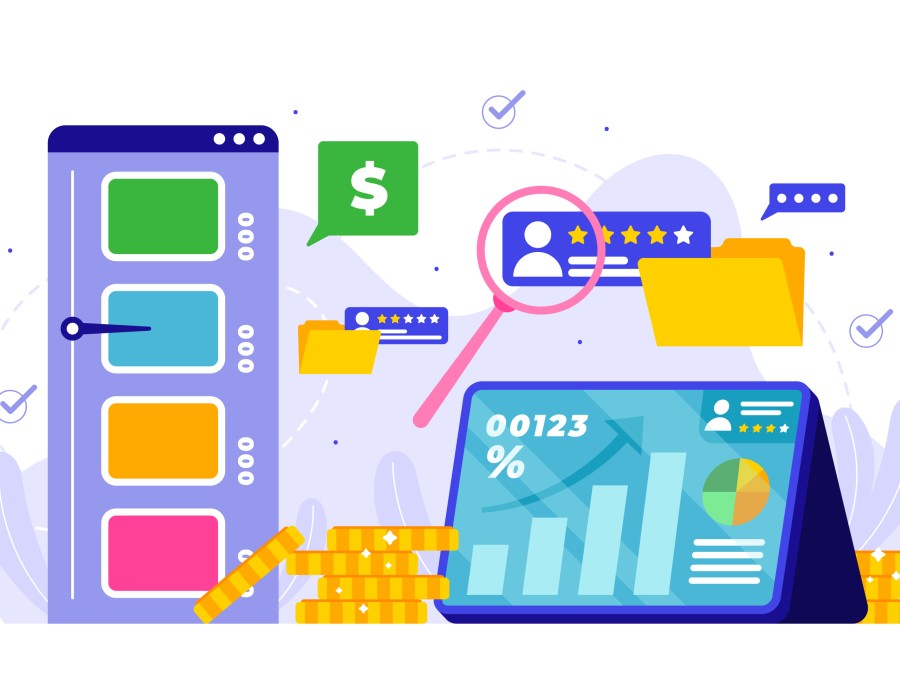Are you sure you are making the most of your app?
If your answer is yes, think again.
There’s a lot more earning potential in your application than what meets the eye. Along with promoting your business and generating leads, you can also make your app a channel for generating revenue.
But, ‘How?’. Well, the answer is app monetization strategies. You might have seen many app development companies offering consultancies and digital transformation solutions for the same. But what’s the hype?
Well, these monetization schemes open you to many income-generating channels, all through your app. By adopting these schemes, you can earn from your app by making small changes throughout.
Read ahead to find out how an experienced app development company utilizes monetization strategies for your app so that it gives you the maximum monetary benefits.
App Monetization Strategies You Cannot Miss Out On
Application monetization strategies have provided app owners with a fairly new method to generate more income from their apps. So, if you already have an app put together, you can adopt one of the following approaches below and make your app a profitable investment.
Downloading Fee
If you know that your app holds useful resources and can be of great value to your users, you can simply charge a downloading fee. However, only 3.05% of apps on the Google Play Store and 5.05% of apps on the Apple App Store are paid. So, you must ensure that your app provides extraordinary value to your customers or else, they will opt for alternative options.
In this strategy, you have the freedom to decide the amount you wish to charge for downloading your application. As soon as your users click the ‘Download’ button, they are requested to pay this amount. The downloading process does not start until and unless the transaction is completed.
App Subscription Fee
Let’s say you wish to generate some kind of revenue from your app which is also reliable. But wait, that doesn’t really work in the downloading fee strategy, does it? However, charging a monthly or weekly subscription fee works well in such a case. The subscription fee monetization model makes your app a source of consistent income.
Your audience can download the app for free, however, they cannot access any features to it. By adopting this strategy, you can even predict and manage the cash flow within your organization. All you need to do is to get an idea of the retention and churn rates of your app.
Freemium
Freemiums are somewhat of an extension of the subscription fee model. In freemium apps, therefore, the users can operate certain features of the app for free. Another alternative is the number of times any feature can be accessed without being charged for it. After the limit of usage is reached, the users must switch to a subscription plan to continue using the features. You can use this model to give a preview of your app’s capabilities. After that, your users can test the app’s utilization themselves and decide if they want to pay for these services.
In-app Advertisement
In-app advertisements are by far the most frequently used method for monetizing an app. By posting advertisements, you can earn any amount beginning from $10 and stretching to $200 by having as few as a hundred active users. Also, the versatility of in-app ads is quite large. So, you can easily find the most suitable ad and avail of its benefits. Some of the advertisement types include-
- Banner ads: They cover certain portions of the screen in your app. When a user clicks on a banner, you get paid as per the pay-per-click approach.
- Reward ads: These ads are generally played to avail of a reward. It depends on the user if they wish to watch these ads or not.
- Interstitial ads: Such ads can be both, videos or digital pamphlets of sorts. They usually appear while a user is transitioning between screens.
In-App Transaction
Maybe you don’t want to opt for a pay-for-download strategy or put ads in your app either. Then what? Will you still be able to monetize your app? The answer is ‘yes, definitely’. The in-app transaction is how. For this strategy, you need to pick some valuable features or interesting elements of your app and monetize them.
Canva proves to be a great example of a platform that uses the in-app transaction strategy. This model is also useful for an audience that tends to run away from subscriptions or pay-for-downloading. People can freely use the unpaid features, however, they are charged a small fee for using the paid elements.
Data Sharing
In today’s era, data proves to be the key driver of all businesses. To provide a better experience and personalized service to your users, you can license their anonymized data to a third party. This way, your users will not have to be bothered by advertisements while operating the application. Additionally, these third-party institutions can also provide you with innovative solutions that enhance the functionality of your app. However, you must inform your users that their data is being licensed to a third-party business.
Brands like Meta and Google come at the top of the list when it comes to data licensing. But ultimately, their purpose lies in providing their customers with a better user experience. They license their data to selected service providers as per the requirements of their users.
Are you all set to gain an edge with your app?
At times, you might get confused while trying to make your app a source of income. However, the above-discussed strategies are sure to make it easier for you to draw consistent revenue from your app. But to find the best-fitting monetization method, you must know your audience and their preferences. Then only, you will be able to benefit yourself without hassling your users.





Comments